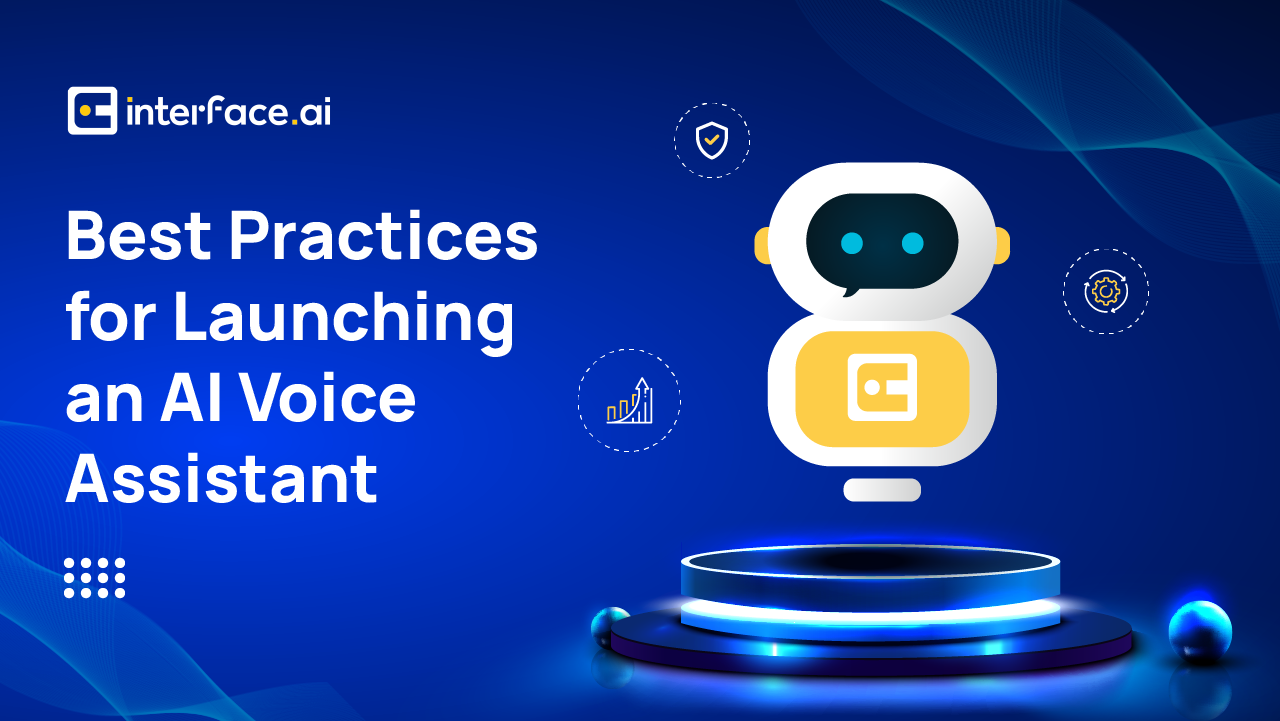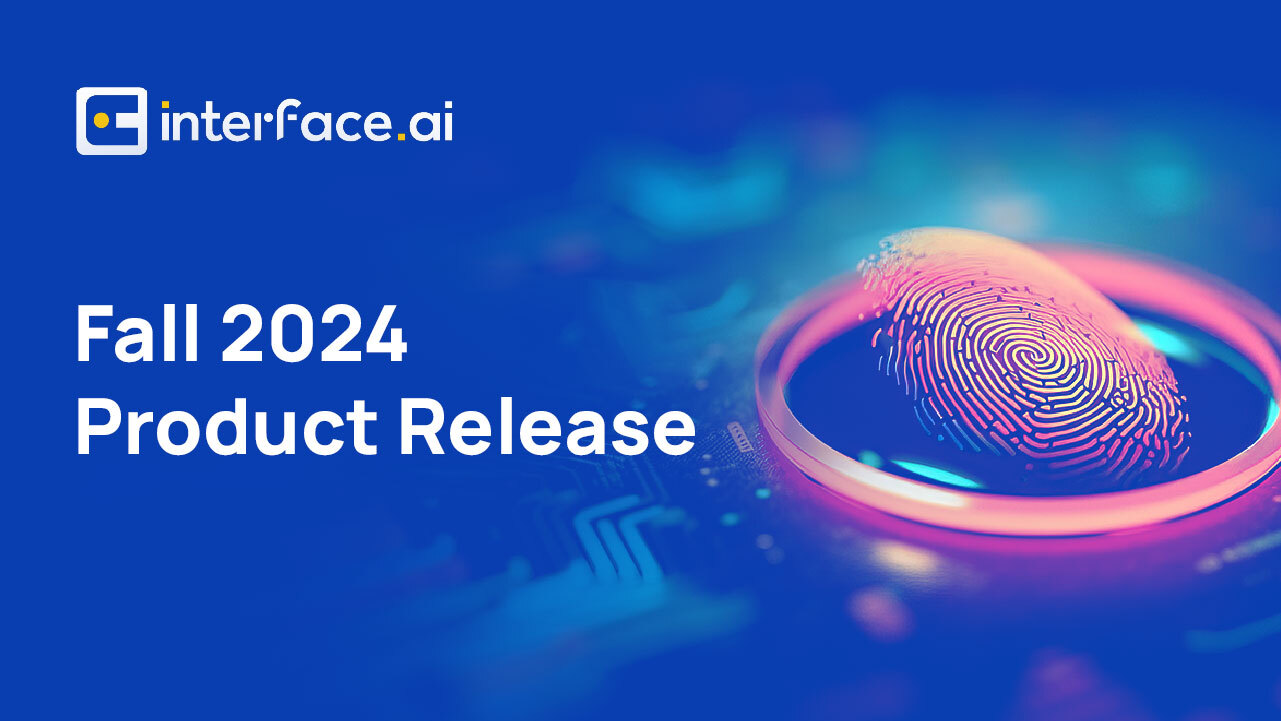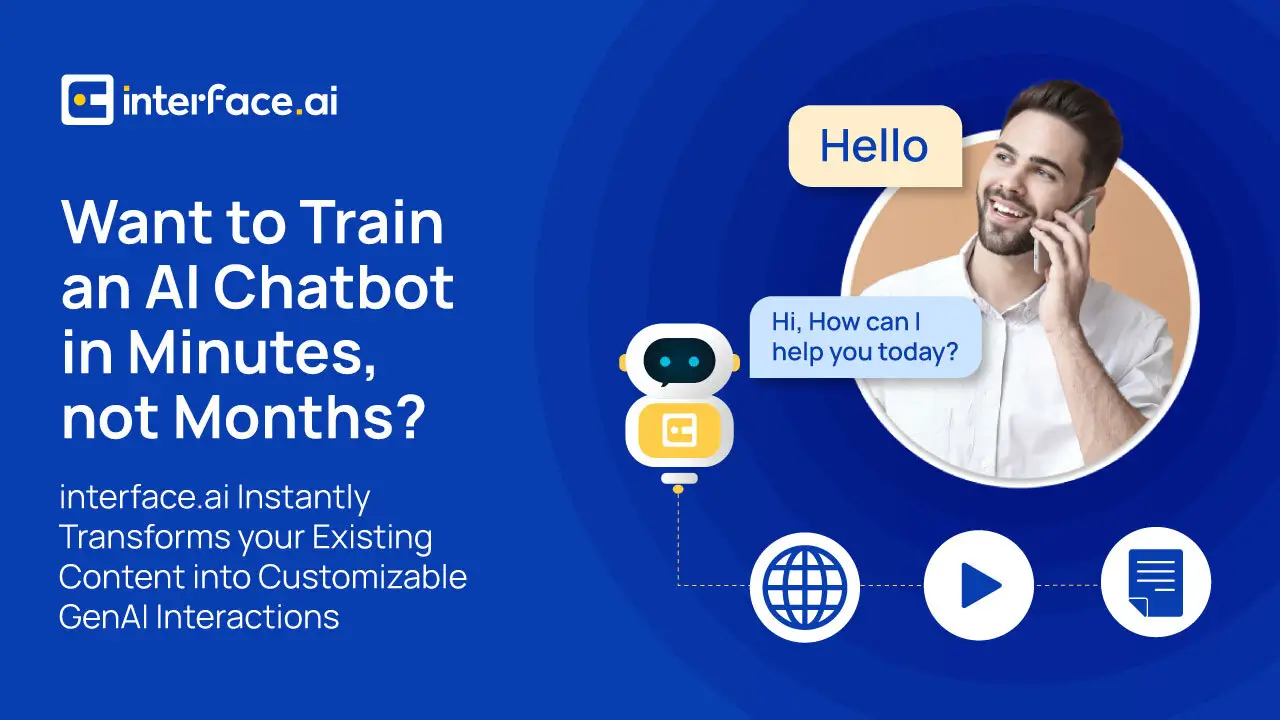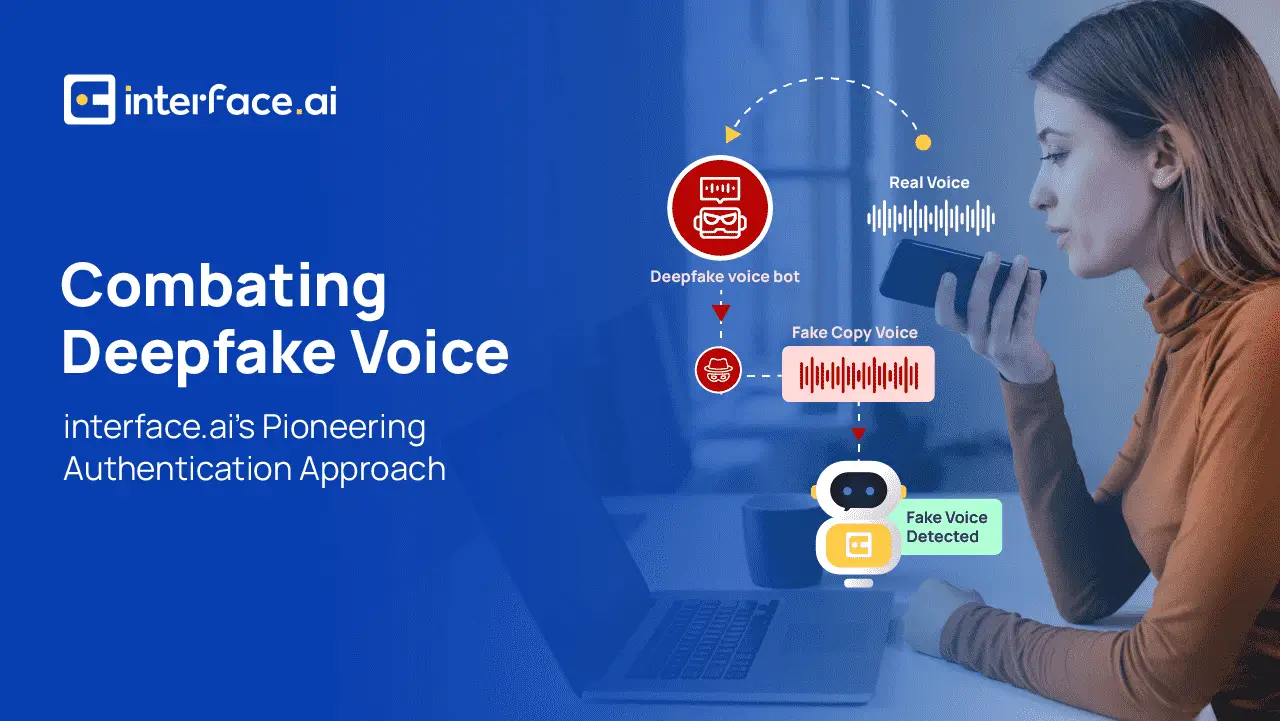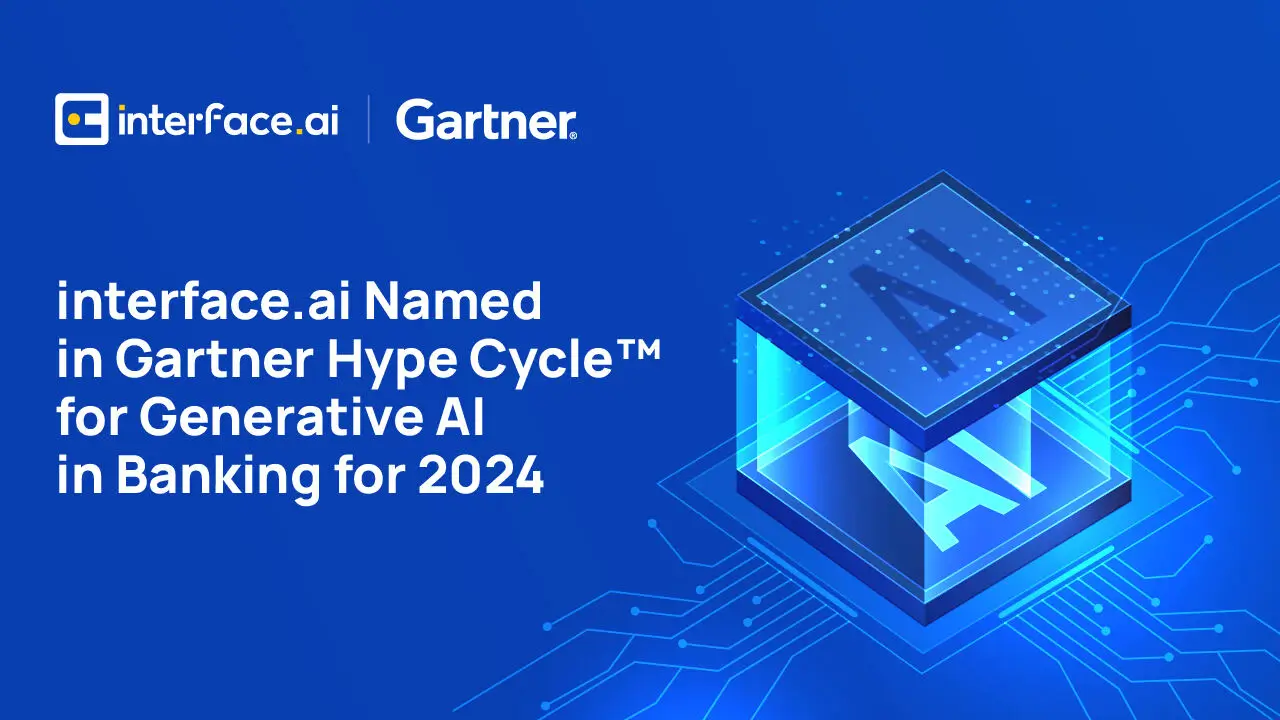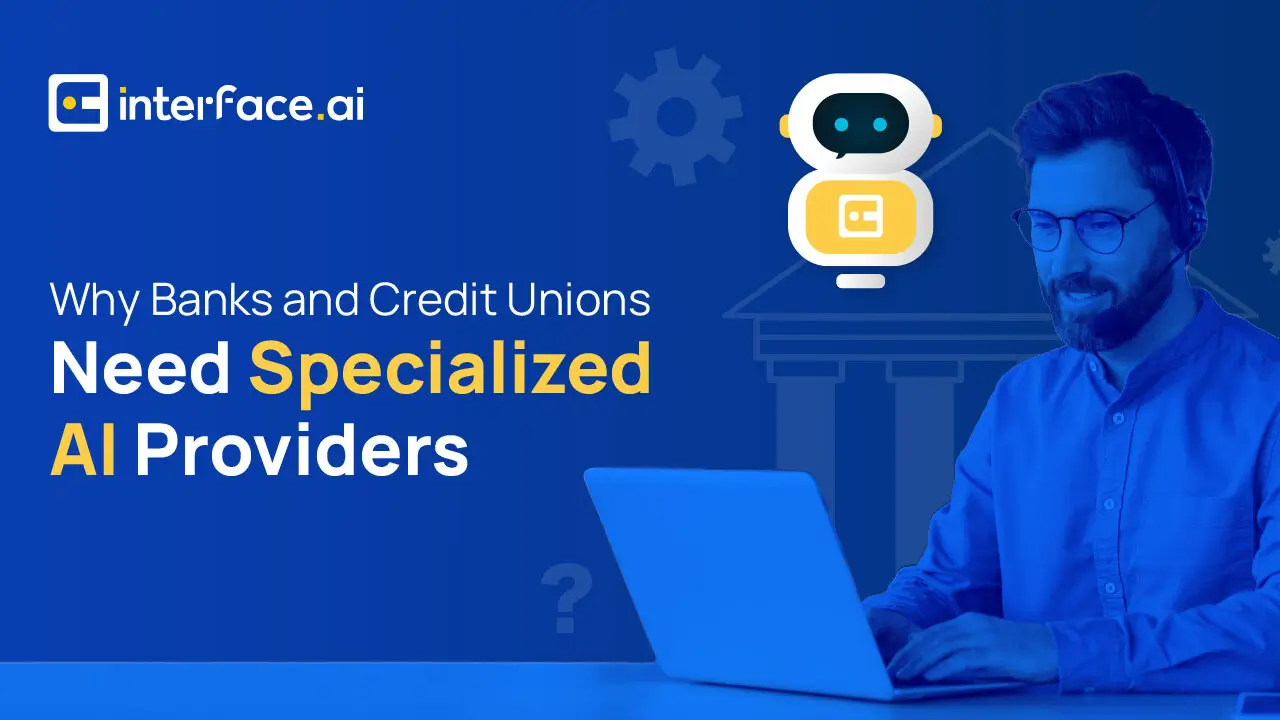
The Guide to Banking Personalization – What Top Financial Institutions are Doing Differently
Table of Contents
- Introduction
- The Urgent Need for Personalization in Banking
- The Benefits of Personalization in Banking
- The Role of AI in Banking Personalization
- Wrap-up: The Future of Banking is Personal
Introduction
Personalization in banking is no longer a “nice-to-have”; it has become a critical factor for financial institutions to remain competitive in an increasingly digital-first world. Customers and members today expect their financial services providers to know them, understand their needs, and offer tailored solutions that fit their unique circumstances.
With the continual advancement of AI, financial institutions can go beyond generic banking personalization to create meaningful, relevant, and timely interactions—delivering value at every touchpoint.
In this blog, we’ll explore the urgent need for digital banking personalization, its immense benefits, and how AI solutions from interface.ai are leading the way in redefining customer experience with personalization in financial services.
The Urgent Need for Personalization in Banking
Everyone working in a customer-facing role knows how consumer expectations are at an all-time high. According to a report by McKinsey, 71% of consumers expect companies to deliver personalized interactions. Yet, only 39% of companies believe they do personalization well.
For banks and credit unions, the stakes are even higher. Customers no longer compare their banking experiences to those offered by other financial institutions; they measure them against tech giants like Amazon and Netflix, which have set the gold standard for personalization.
To stay competitive, financial institutions must rethink how they approach customer relationships, moving from a transactional to a relationship-based model. While many financial institutions believe they already operate this way, a recent White Clay survey reveals a disconnect: 68% of consumers do not feel known by their primary institution, and nearly a third (31%) feel like just another account number. This highlights customers’ need for personalized service and financial guidance, with the same survey reporting that half would consider switching their primary institution if another bank or credit union offered more personalized financial guidance.
Key drivers for personalization in financial services include:
- Digital convenience: Customers expect seamless, digital-first interactions.
- Tailored solutions: One-size-fits-all approaches no longer meet diverse customer needs.
- Real-time engagement: Consumers demand instant resolutions to their queries and issues.
Where Financial Institutions Fall Short
Despite the demand, many financial institutions struggle to deliver effective banking personalization due to:
- Fragmented data: Siloed systems make it difficult to build a unified customer view.
- Legacy technology: Outdated infrastructure hampers the ability to deliver real-time, personalized experiences.
- Resource constraints: Limited budgets and staff make it challenging to implement and scale personalization initiatives.
This is where interface.ai steps in with transformative AI solutions that address these challenges head-on, empowering banks and credit unions to deliver digital banking personalization at every stage of customer acquisition, engagement, and retention.
The Benefits of Personalization in Banking
- Enhanced Customer Satisfaction
Customers who feel understood are more likely to remain loyal. By tailoring interactions to each customer’s unique needs, banks can significantly boost satisfaction levels. A study by Epsilon found that 80% of consumers are more likely to do business with a company that offers personalized experiences.
- Increased Revenue Potential
Personalization can directly impact the bottom line by driving cross-sell and upsell opportunities. For example, AI can analyze customer data in real-time to recommend relevant products, such as mortgage loans or savings accounts, based on spending patterns and life events. Banking personalization like this can deliver a 10-15% revenue lift, according to McKinsey & Co..
- Operational Efficiency
Automation and personalization go hand in hand to streamline operations and reduce costs. AI-powered tools like interface.ai’s Voice AI can handle repetitive queries and tasks. As well as cutting down agent time spent on incoming queries, it also frees them up to spend more time on complex or sensitive issues. Automated workflows also ensure faster resolution times and lower operational costs.
- Influence Across the Customer Lifecycle
Personalization has been shown to directly influence customer behavior at every stage of the lifecycle, from initial to repeat purchase, and everything in between. According to the same study by McKinsey & Co.
- Purchase: 76% of consumers are more likely to consider buying from brands that personalize their offerings.
- Recommendation: 78% of customers are more likely to refer friends and family to companies that provide personalized experiences.
- Repurchase: 78% of customers are more likely to make repeat purchases from companies that personalize their services.
The Role of AI in Banking Personalization
Artificial Intelligence has transformed the way financial institutions interact with their customers. No longer limited to automating simple tasks, AI now enables a highly personalized, deeply insightful approach to customer engagement.
AI works by collecting and analyzing customer data in real time, identifying patterns, and predicting future needs. With these insights, banks can proactively offer solutions tailored to each individual’s financial situation. For instance, a customer showing consistent saving patterns might receive recommendations for high-yield savings accounts, while another with recurring travel expenses could be suggested a travel rewards credit card.
With interface.ai, these insights become actionable in real-time. interface.ai’s advanced voice and digital AI solutions are powered by the industry’s most advanced AI systems to:
- Engage customers in meaningful conversations that demonstrate an understanding of their financial goals.
- Anticipate customer needs through predictive analytics, offering solutions before customers even ask.
- Streamline complex transactions with conversational AI that simplifies processes, like applying for a loan or transferring funds, in a personalized manner.
For example, the AI assistant can identify a member’s upcoming large expenses based on their transaction patterns and suggest customized savings plans or loan options that meet their financial situation. This type of tailored interaction builds trust and shows members that their credit union genuinely cares about their financial well-being.
Whether via voice or digital chat, interface.ai’s industry-specific AI can be integrated with all major core banning systems to drive hyper-personalized interactions in every interaction.
“If a member needs to know their balance, the interface.ai voice assistant can give them that straight away. But now, if you want to sit and talk about your financial well-being with us, our agents are available to do that because they aren’t bogged down by the common queries. We can have meaningful conversations with our members that truly help them.” – Todd J. Link, Chief Risk Officer, Dupaco Community Credit Union.
Wrap-up: The Future of Banking is Personal
As the financial landscape continues to evolve, personalization in financial services will remain a key differentiator for banks and credit unions. By leveraging AI-powered solutions from interface.ai, financial institutions can:
- Delight customers with tailored, meaningful interactions.
- Increase operational efficiency and reduce costs.
- Drive revenue growth through targeted offers and recommendations.
- Serve diverse communities with inclusive, multi-lingual support.
The time to embrace banking personalization is now. Let interface.ai help you up your personalization game with our industry-leading AI solutions.
Discover the Latest Insights on Interactive Intelligence for Banking Newsletter
Join the newsletter to receive the latest updates in your inbox.

